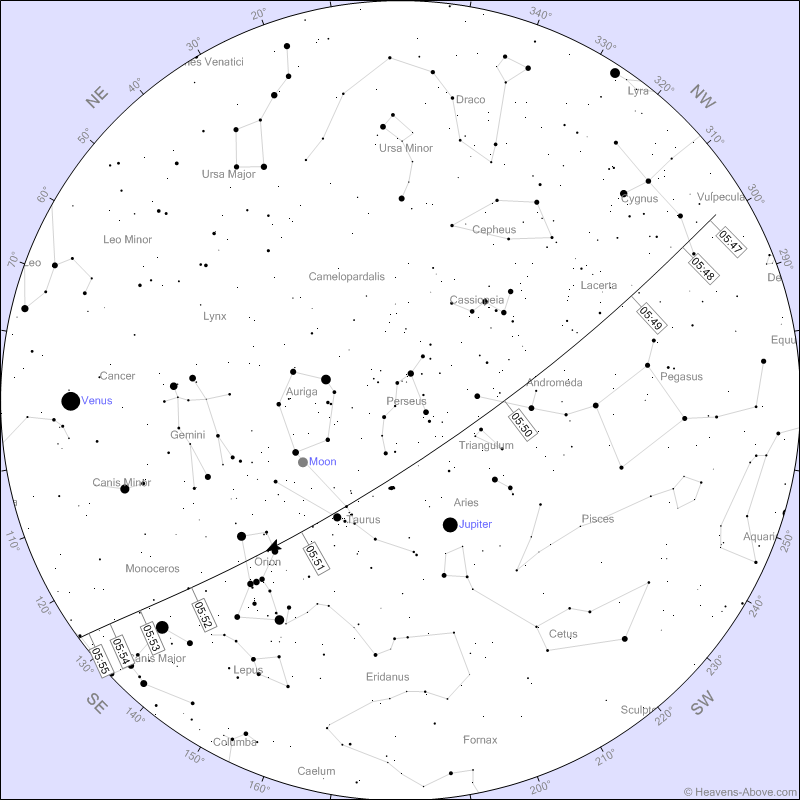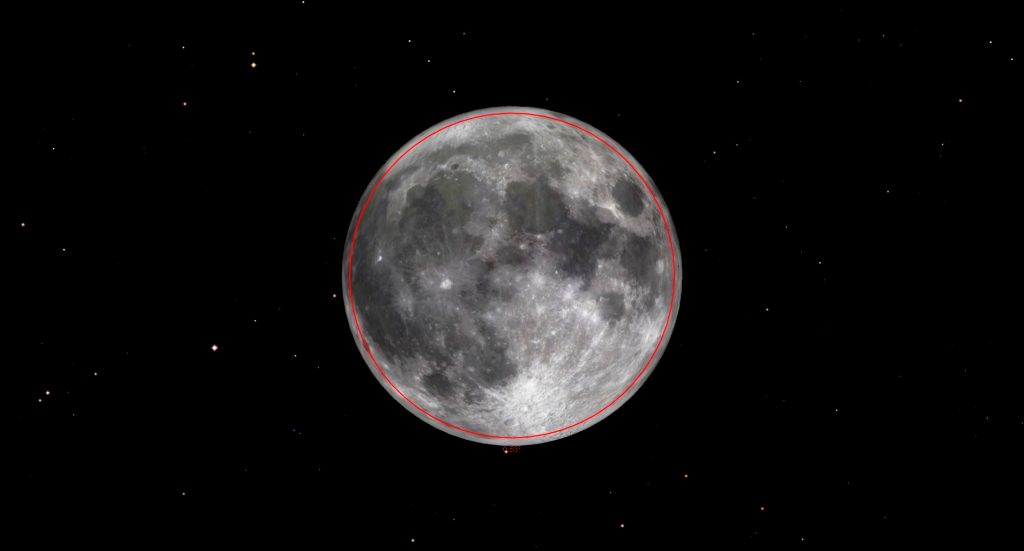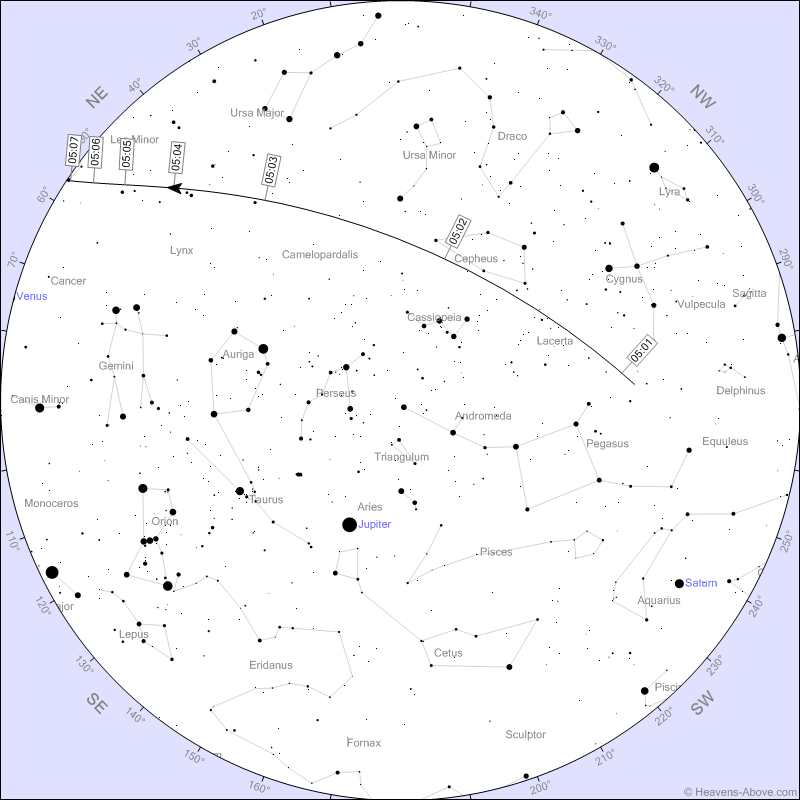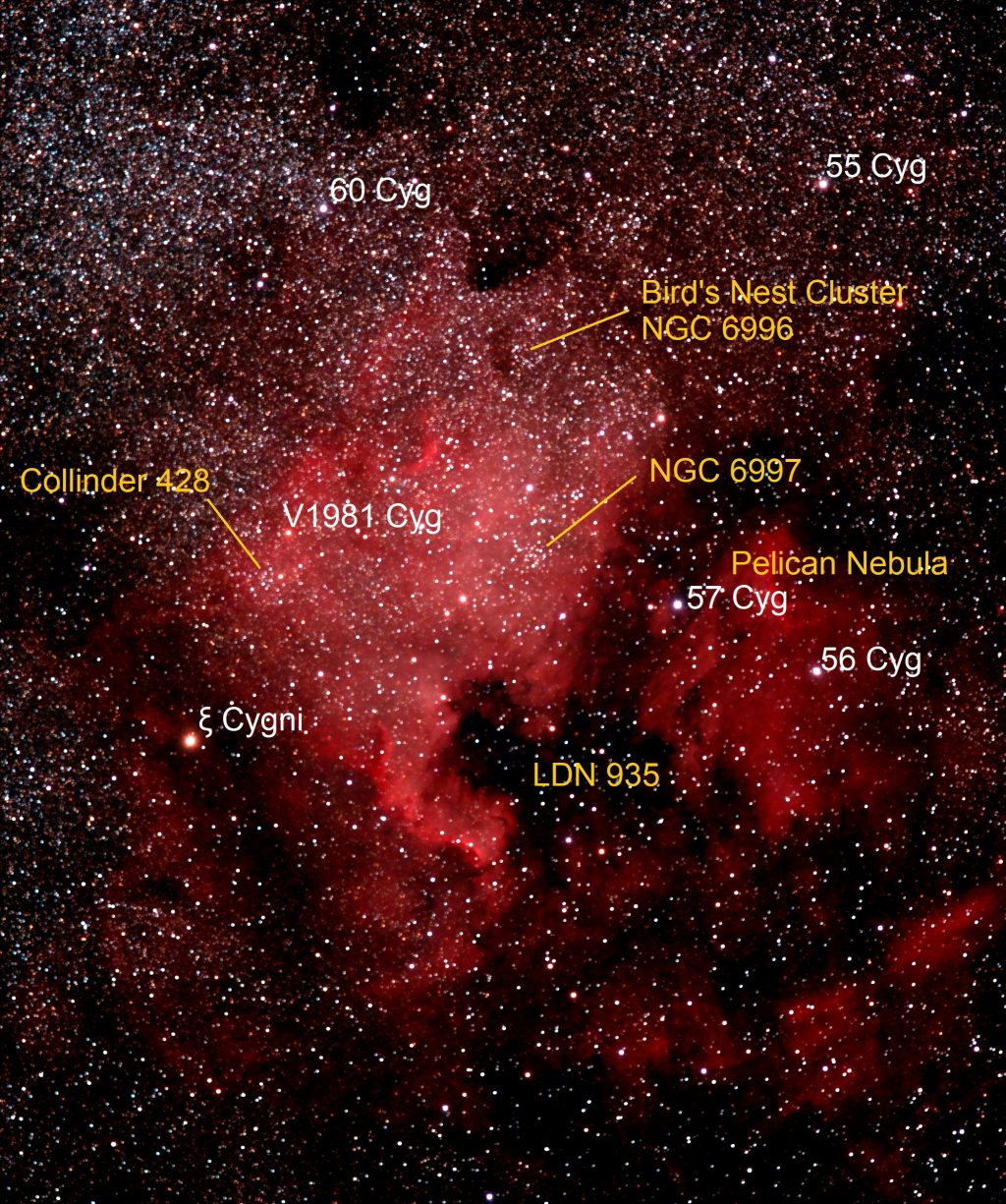Greater Toronto Area Space Station Flyovers for the week of September 17th, 2023
As shown above, on Monday, September 18, 2023 from 8:12 to 8:18 pm EDT, the International Space Station will be visible flying over the GTA in a very bright pass, rising over the west-southwestern horizon, flying close to bright Arcturus and medium-bright Polaris, and then entering Earth’s shadow low in the northeastern sky. (courtesy: Heavens-above.com)…
Read more









